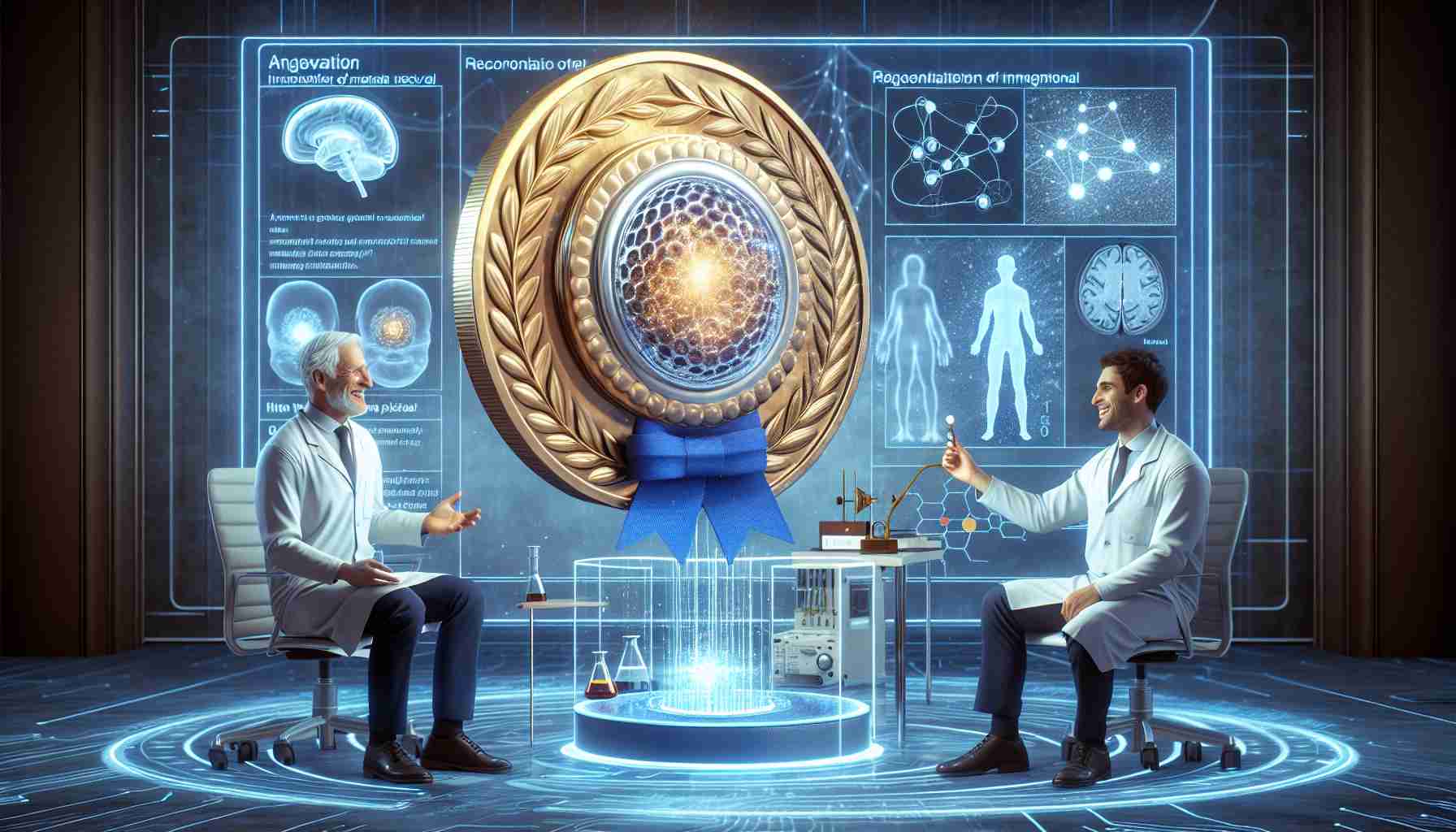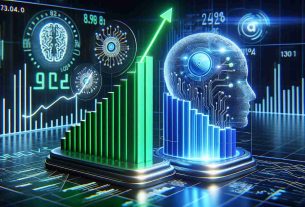Scientists Honored for Advancements in Data Storage
US scientist John Hopfield and British-Canadian Geoffrey Hinton have been jointly awarded the 2024 Nobel Prize in Physics for their groundbreaking work in developing tools that form the basis of modern machine learning. The innovation by Princeton professor Hopfield involves an innovative memory retrieval technique that allows for the storage and reconstruction of images and other patterns within data. This method has significantly contributed to the advancement of artificial neural networks and has revolutionized various fields including science, engineering, and daily life.
Implications of Advanced Technology in Society
In a society increasingly reliant on artificial intelligence, concerns have been raised about the potential risks associated with rapidly evolving technologies. Hopfield and Hinton have both expressed apprehensions about the unforeseen consequences of AI surpassing human intelligence. While acknowledging the positive impact of machine learning in areas such as healthcare, they also stress the importance of addressing the ethical and safety aspects of this technological progress.
Looking Ahead
As the recipients of the prestigious Nobel Prize, Hopfield and Hinton join the ranks of iconic figures in physics history. Their contributions to the field of machine learning have paved the way for future innovations and advancements. The Nobel Committee for Physics emphasizes the collective responsibility of society in harnessing the power of technology for the greater good of humanity. This recognition serves as a reminder of the profound impact that scientific endeavors can have on shaping the world we live in.
Additional Facts:
– The innovative memory retrieval technique developed by John Hopfield and Geoffrey Hinton is known as the Hopfield network, a type of recurrent artificial neural network that can store and retrieve patterns from memory.
– The Hopfield network has applications in various fields beyond machine learning, including optimization problems, pattern recognition, and associative memory tasks.
– John Hopfield is also well-known for his contributions to theoretical neuroscience, particularly his work on neural dynamics and energy landscapes in neural networks.
Key Questions:
1. How does the innovative memory retrieval technique by Hopfield and Hinton differ from traditional methods of data storage and retrieval?
2. What are the potential long-term implications of advancements in machine learning on society, particularly regarding privacy, security, and job displacement?
3. How can policymakers and ethicists address the ethical challenges posed by the rapid evolution of artificial intelligence and neural networks?
Advantages:
– The innovative memory retrieval technique enables faster and more efficient pattern recognition and data retrieval, leading to enhanced performance in various applications.
– Machine learning technologies based on this technique have the potential to revolutionize industries such as healthcare, finance, and transportation, improving accuracy and efficiency.
Disadvantages:
– Concerns about the ethical implications of advanced machine learning techniques, including biases in algorithms, privacy violations, and potential misuse of AI for harmful purposes.
– The rapid pace of technological advancements may outpace the development of regulatory frameworks and ethical guidelines, creating challenges in ensuring responsible and safe deployment of AI systems.
Suggested Related Links:
– Official Nobel Prize Website
– Princeton University
– American Physical Society



